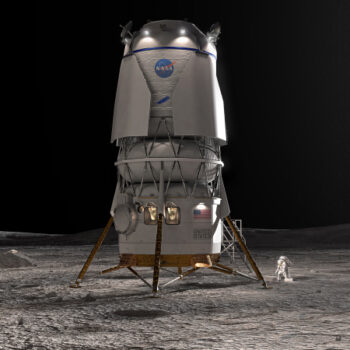As part of a number of diplomatic agreements signed during President Trump’s visit to Malaysia this week, the State Department announced that both the Philippines and Malaysia have also added their names to Artemis Accords, bringing the number of nations in the American space alliance now to 59.
The full list of nations who have signed the accords: Angola, Argentina, Armenia, Australia, Austria, Bahrain, Bangladesh, Belgium, Brazil, Bulgaria, Canada, Chile, Colombia, Cyprus, Czech Republic, Denmark, Dominican Republic, Ecuador, Estonia, Finland, France, Germany, Greece, Hungary, Iceland, India, Israel, Italy, Japan, Liechtenstein, Lithuania, Luxembourg, Malaysia, Mexico, the Netherlands, New Zealand, Nigeria, Norway, Panama, Peru, Poland, Romania, Rwanda, Saudi Arabia, Senegal, Singapore, Slovakia, Slovenia, South Korea, Spain, Sweden, Switzerland, Thailand, the Philippines, the United Kingdom, the United Arab Emirates, the Ukraine, the United States and Uruguay.
The State Department tweet announcing this agreement says it the nations “are committed to principles of safe and transparent space exploration,” a relatively meaningless statement. It remains unknown whether Trump will use this alliance to get around the Outer Space Treaty’s restrictions on private property in space, as the original goal of the accords appeared to be during Trump’s first administration. So far it appears Trump is largely uninterested in this subject in his second term.
If this is so, then it is possible this alliance in future years would actually act to limit freedom in space. Despite its founding under the concept of constitutional limited rule, the culture of the American government has been quite hostile to this concept in recent decades. We cannot be confident it will support freedom and limited government in the future, on Earth or in space. And because future colonists will have less leverage on Earth, expect that government to be more abusive to those distant space-farers.
It is up to Trump to fix this. He has the opportunity to set precedents that could shape the future in space significantly. It remains very unclear whether he realizes this.










